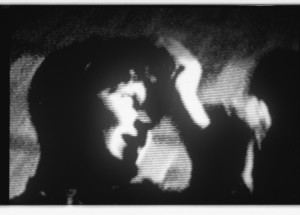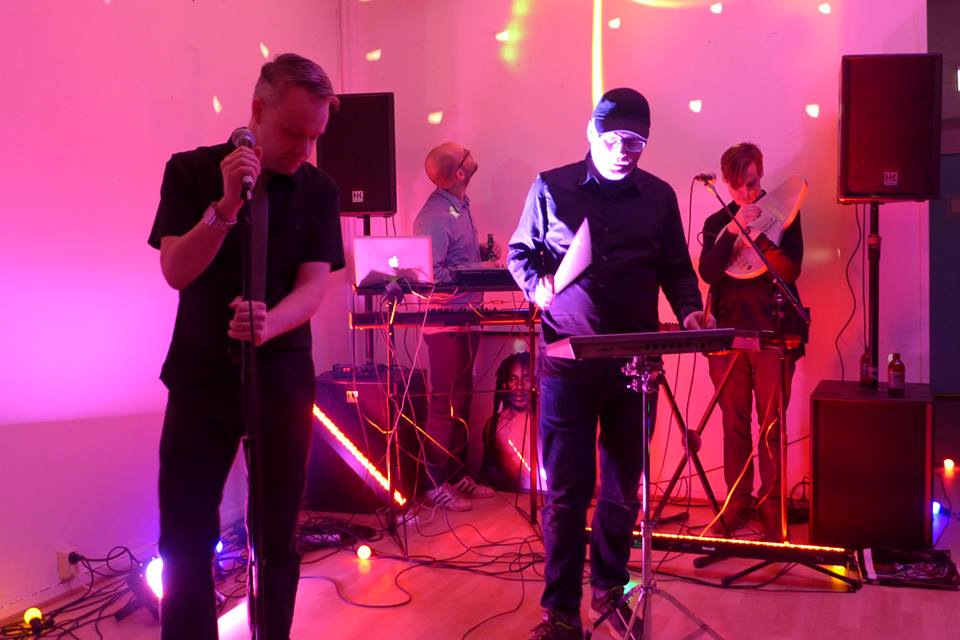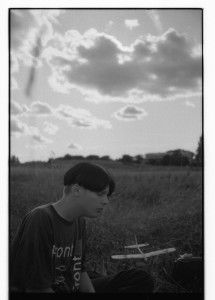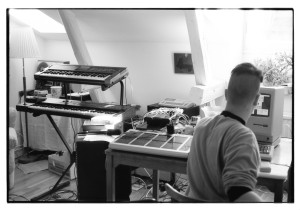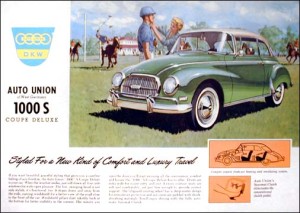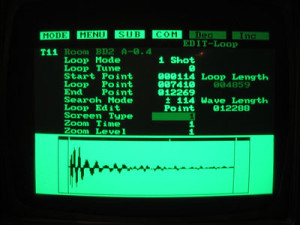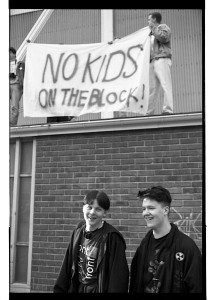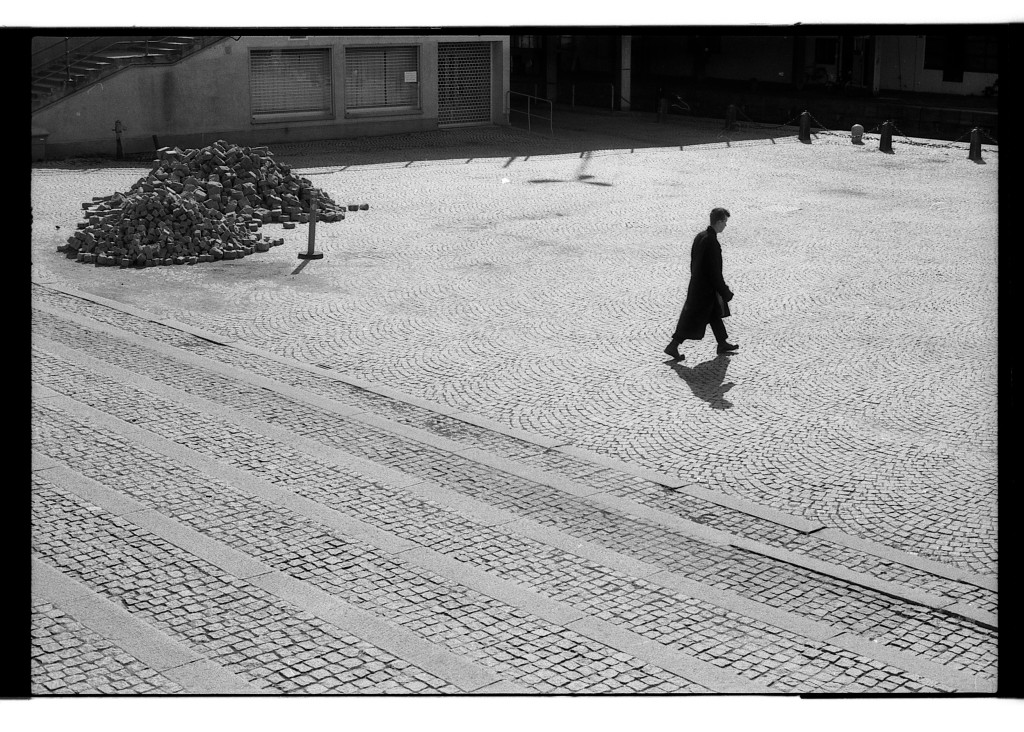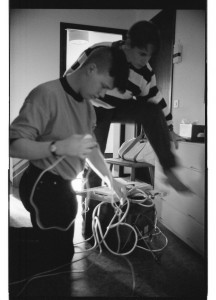This is it! The final episode of our A Song A Week series. Are you still waiting for the twist? Sorry, there won’t be one ;)
Dandelion Puff is an instrumental track, and the last song on the Nuclear Princess cassette. I actually don’t remember much about it. It’s mostly a collage of samples, with a windy loop being the foundation. The spoken samples were recorded with a microphone in front of Jonas television. It’s not like we searched for the perfect sample, the cartoon just happened to be running at the moment. Turned out fine, didn’t it?
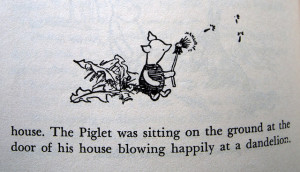 Since there were no lyrics, the naming of the track was an open question. I was always on the lookout for good-sounding English phrases, and this one came from the name of a Winnie the Pooh drawing. Quite wimpy for a synth band that wanted to be cool, it was originally intended for the indie band I also played in.
Since there were no lyrics, the naming of the track was an open question. I was always on the lookout for good-sounding English phrases, and this one came from the name of a Winnie the Pooh drawing. Quite wimpy for a synth band that wanted to be cool, it was originally intended for the indie band I also played in.
So the Song A Week series stops here, but we might have more stuff from the archives waiting in line… Until then, have a great summer!
